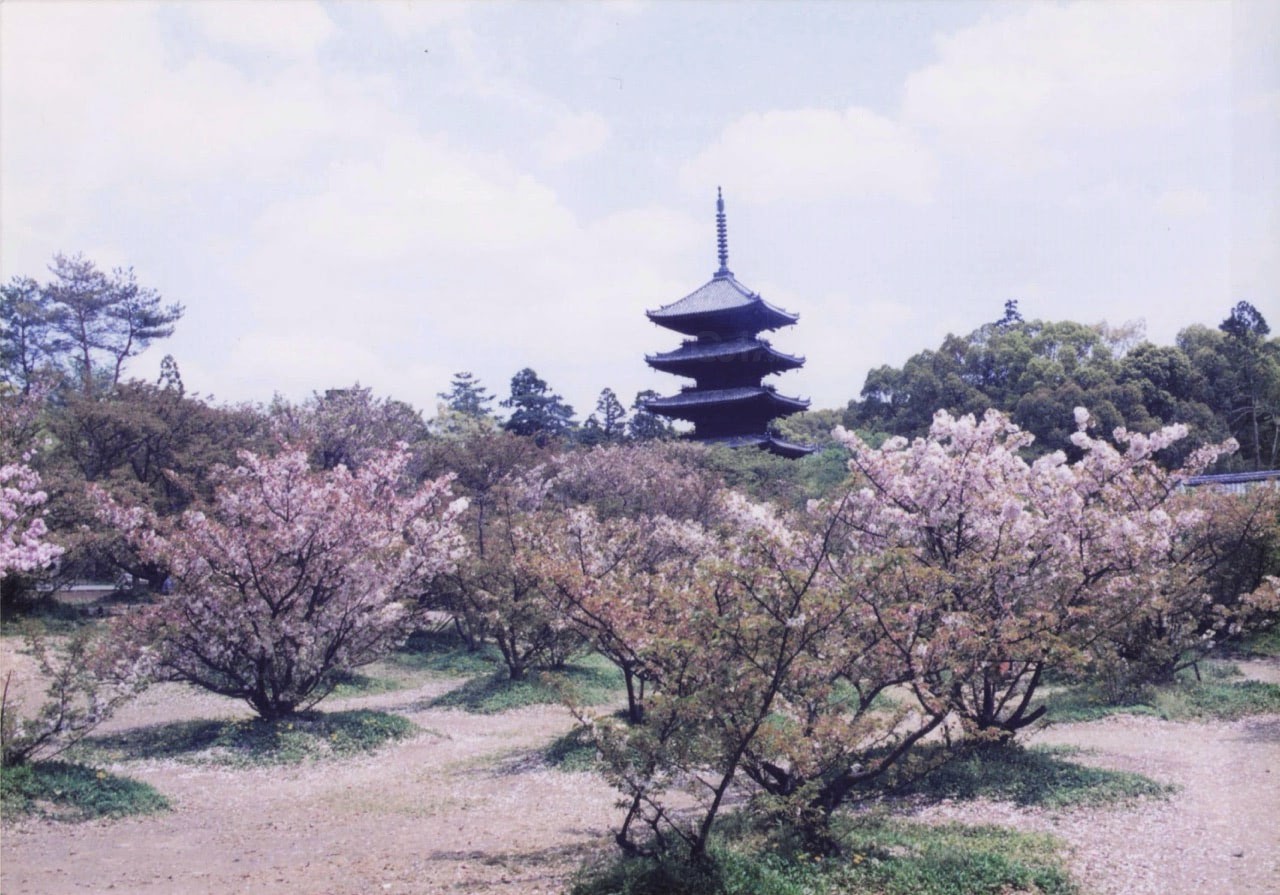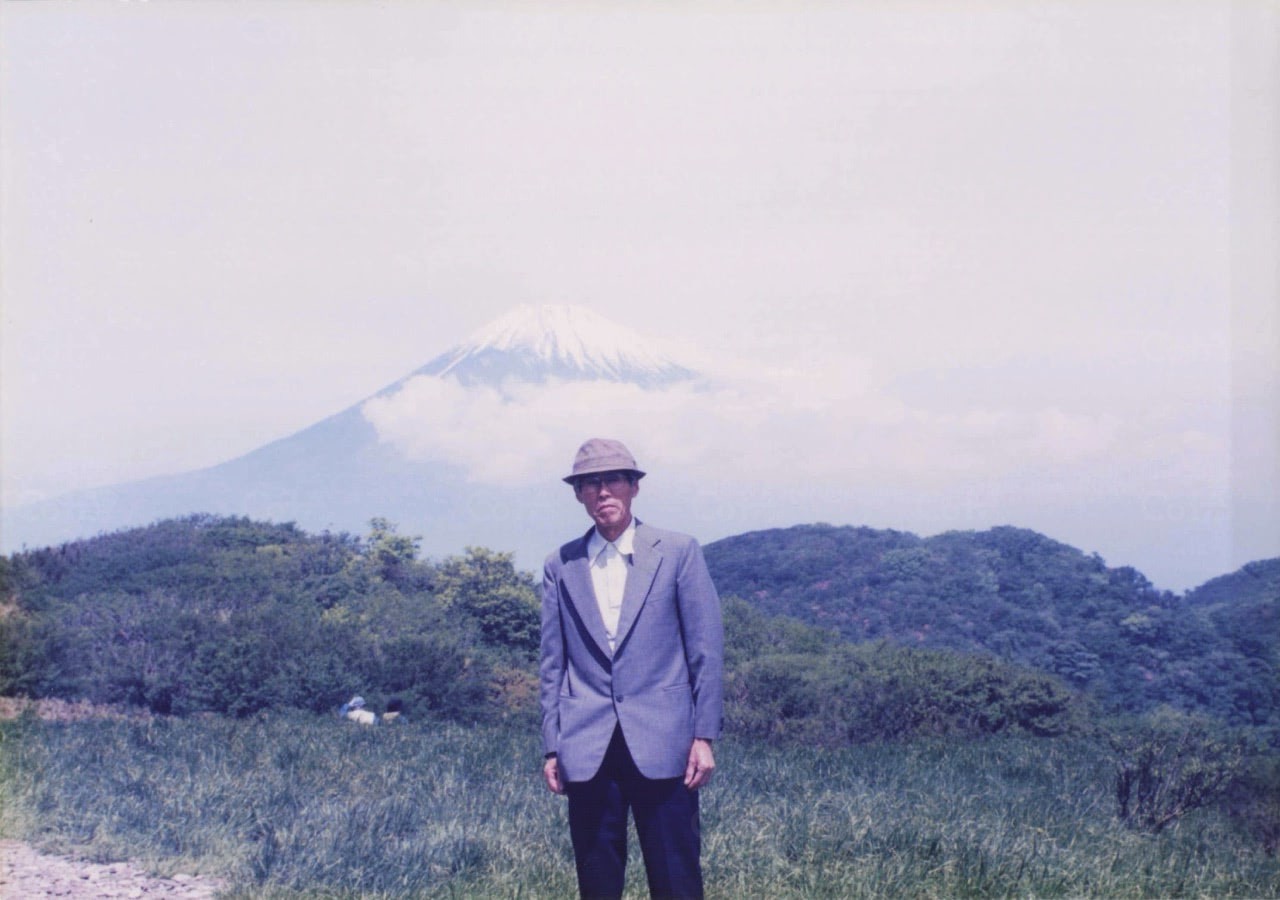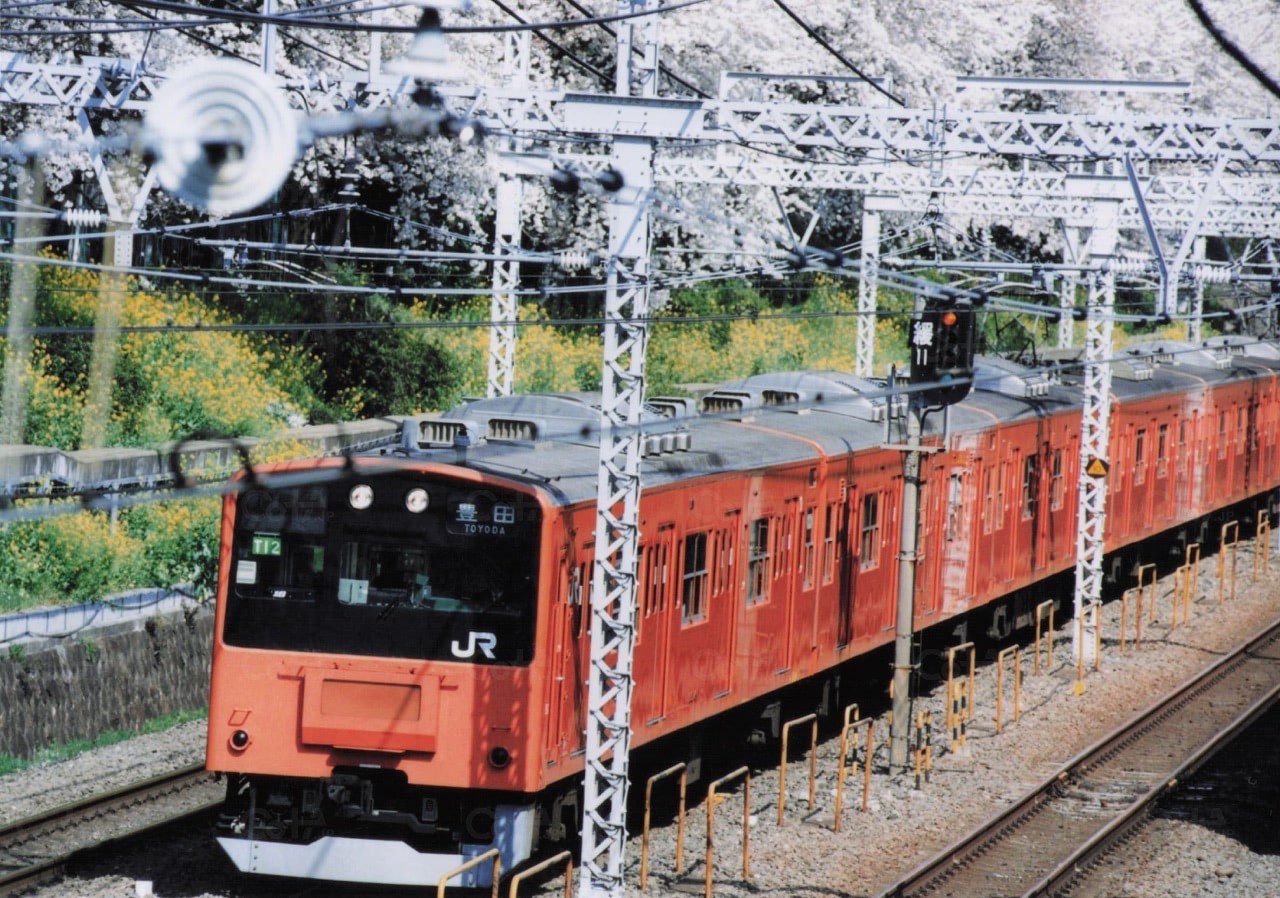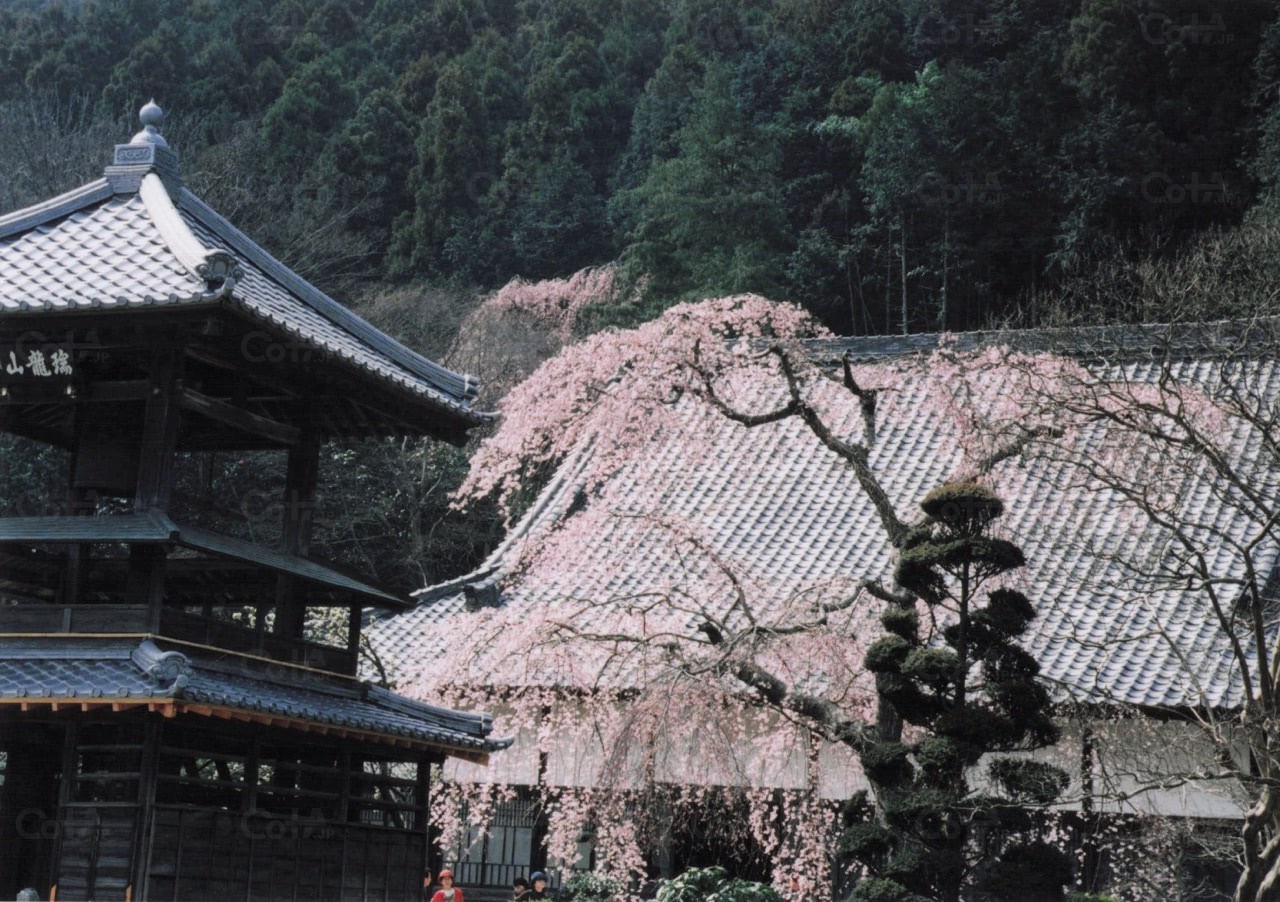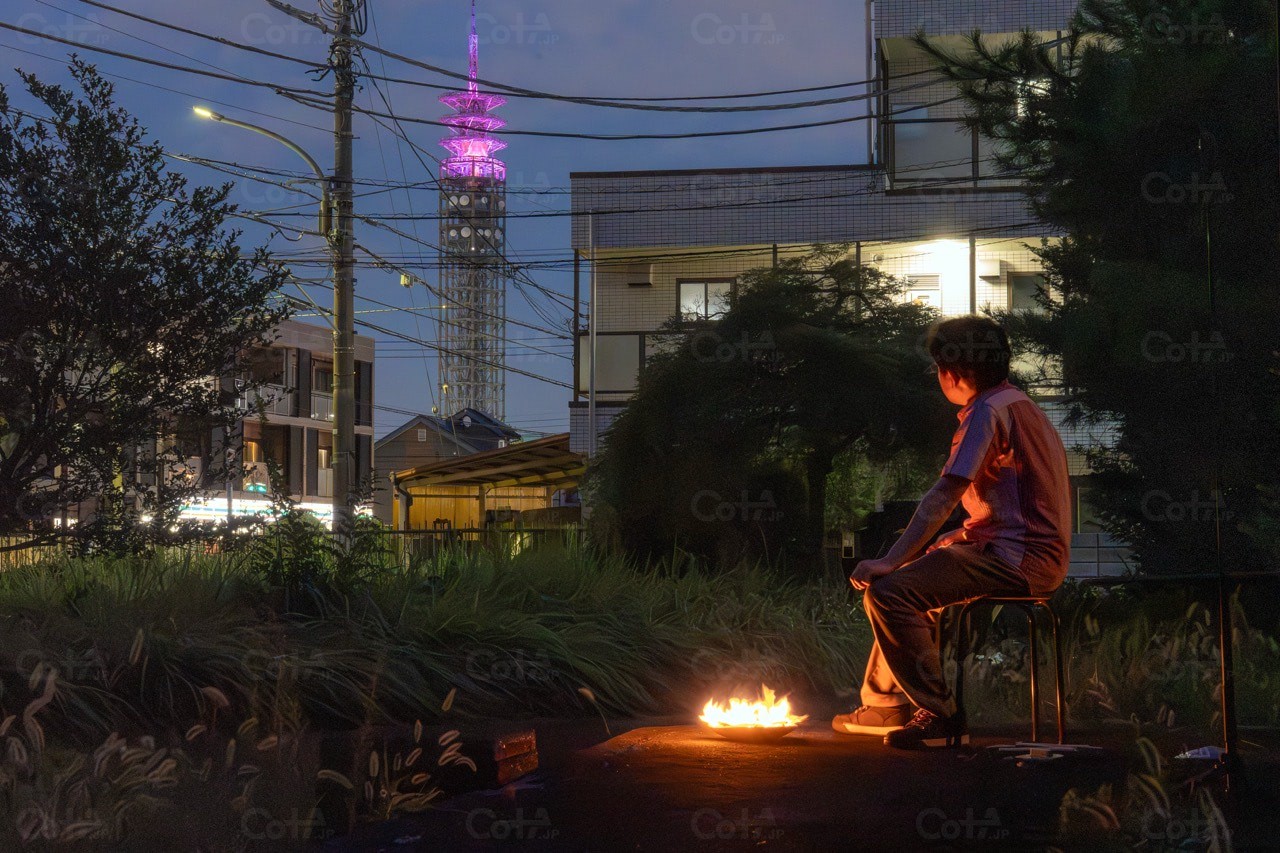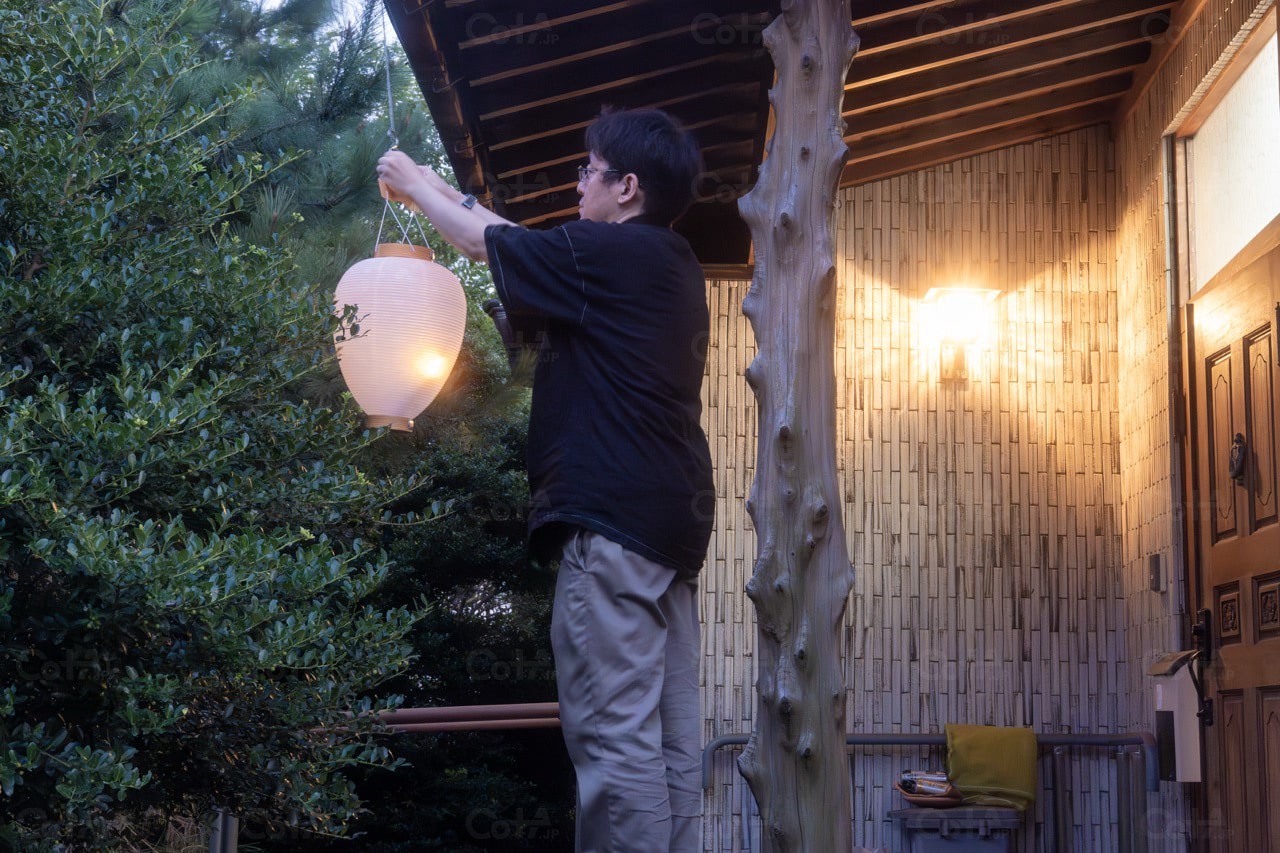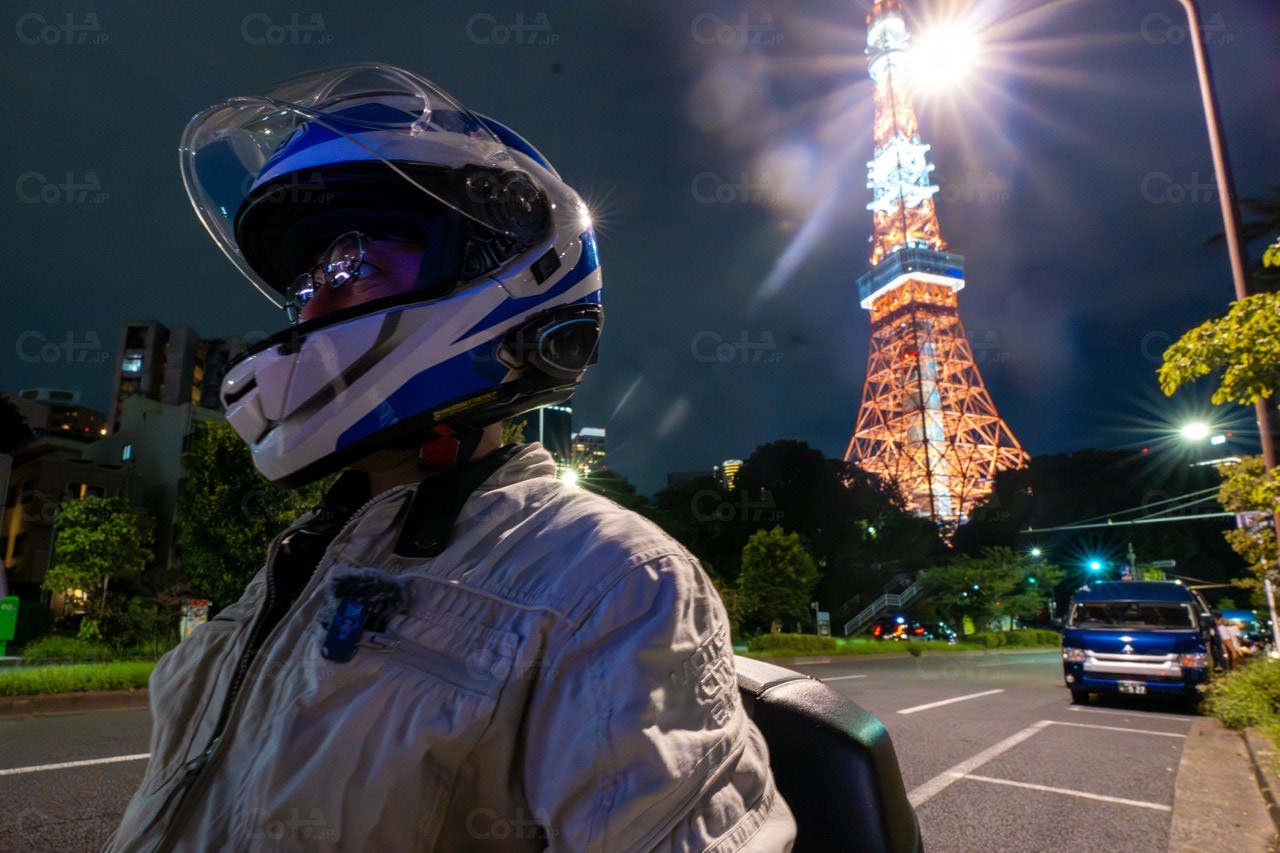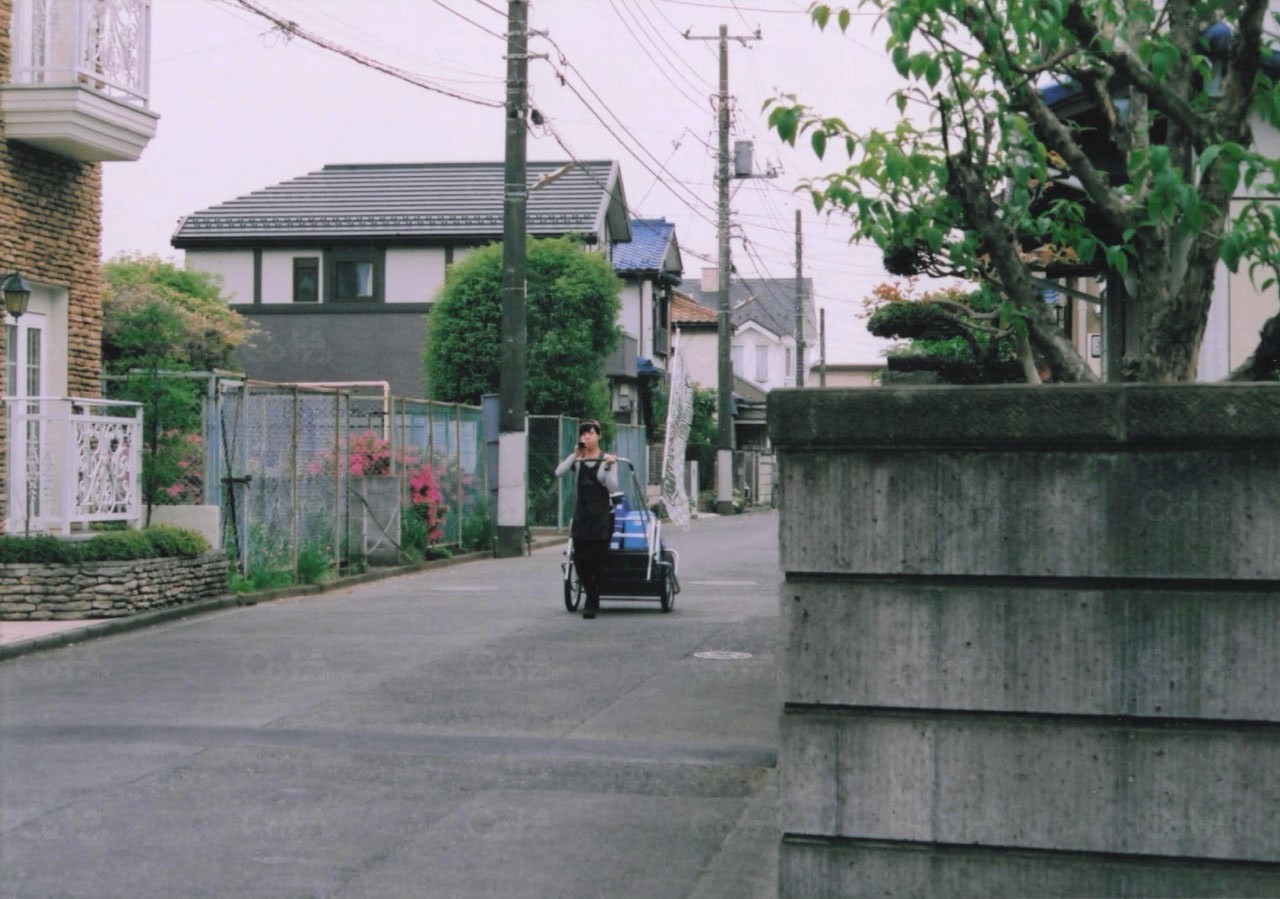Table Of Contents
- A criticism of cashless advocates
- Seeing with one’s eyes to prevent accidents and lead to new discoveries
- The end of logic is simply an array of sensations.
- 言語思考の人にとっても大切な視覚思考の存在とは?たいせつな続きを見るためにはSNSでの確認が必要です
- Why do foreigners want to come to Japan?
- I started a YouTube channel that doesn’t rely on language.
A criticism of cashless advocates
Whether you’re in the cash camp or the card camp, you may encounter people who find credit card or IC card payments difficult to understand within such thinking.
Transactions involving bills and coins are easy to understand visually. Stores can make big mistakes with figures when using cards. Even if everything on site is automated, as long as humans are the designers, these problems will occur.
If we talk about which is more efficient, cashless payments are more suitable than cash. But the discussion changes when considering which is more tangible or easier to understand visually.
There are people who insist that cards are better and should be promoted. They claim cash users lack understanding and should be educated as knowing is advantageous. Yet, even among those more visual thinkers, voices can be dismissed as incompetent, attaching labels. From this perspective, switching to cards isn’t difficult. It’s because there are parts deemed ‘hard to understand’. Even substituting language-based knowledge isn’t easily absorbed.
Do you read paintings by their title? Or do you perceive them through the painting?
At an art museum, artworks like paintings are accompanied by titles and explanations (captions) in text. This reveals what axis the viewer uses to perceive the information.
In mid-sized or larger art museums, audio guides are often available. Some say those who get information this way find it easier to understand. Some find it helpful to use diagrams like exhibition guides or facility maps for comprehending the whole picture or concepts being conveyed.
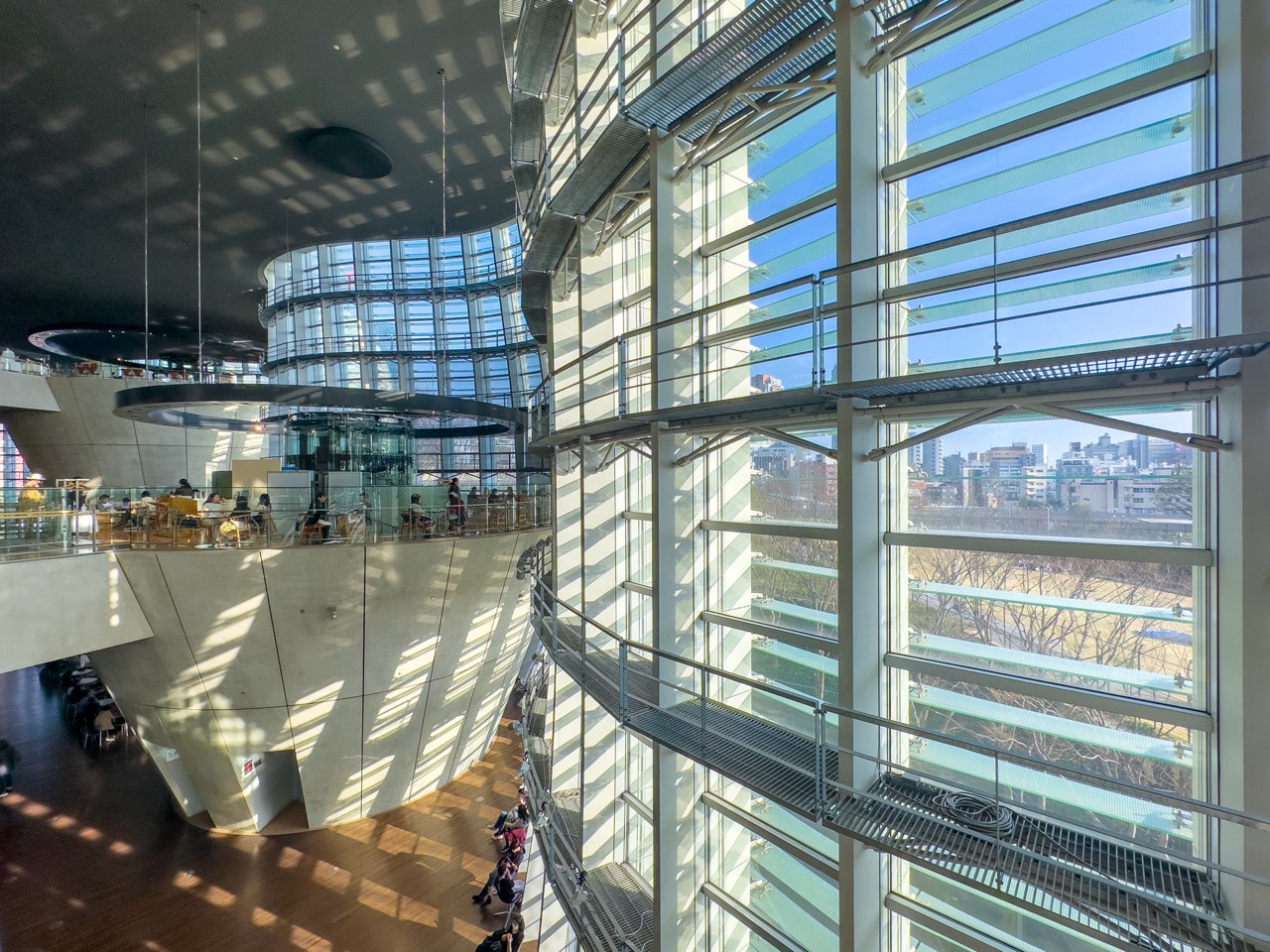
An art museum is a place that presents visual information such as paintings, so various considerations are made, but similar strategies using text, audio, and diagrams can also be found in Japanese station structures.

It’s dependent on individuals whether visuals, diagrams, sound, or text are easier to understand. However, not everyone will evenly match any one of these, and the balance changes depending on the person and the situation.
When conveying rather than receiving, it also depends on the person and situation whether text, sound, music, paintings, or diagrams are chosen for ease of conveying.
Up to this point, it was a discussion that varies depending on the situation, but there are circumstances where understanding the context prevents accidents or leads to new discoveries.
Seeing with one’s eyes to prevent accidents and lead to new discoveries
The video released this time ‘No longer letting words sink. Perfect and logically leads to uncertainty of fantasy‘ begins with the summer 2024 Seibu Railway remodel rally in Tokyo/Wako, covering events like a special invitation of a past ticket purchased by a customer, commemorating the 100th anniversary of four stations (Kayabacho, Nakanozaka, Hibari, Shimizu) on the Seibu-Ikehara line.

Recently, not just in rural areas but even in suburbs of Tokyo, distant management of stations is encouraged with automation advancements, making events like these harder to organize. It might be due to such a backdrop that this event took place.
The history of automatic ticket gates, from discovery to problem-solving
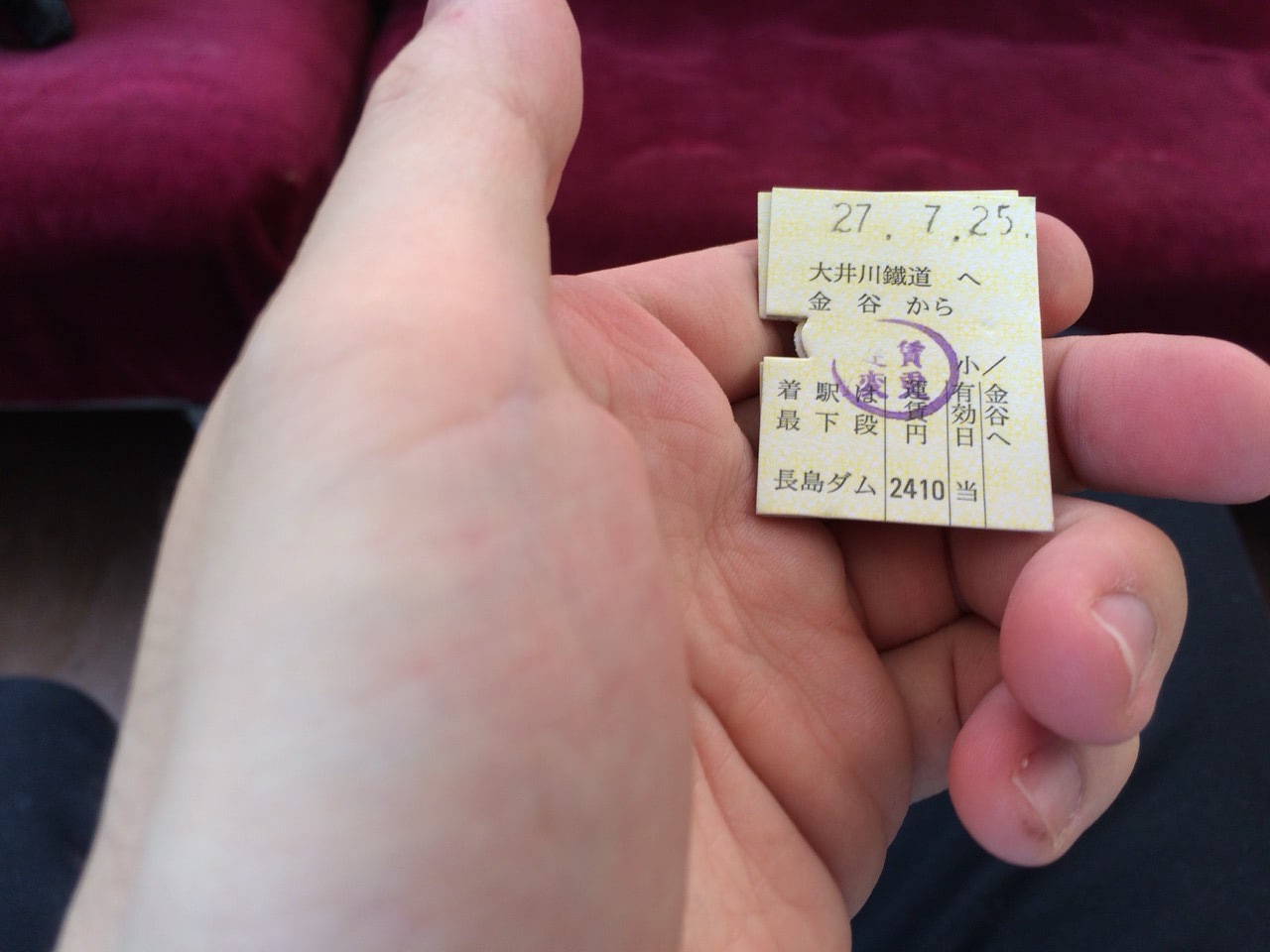
Looking at the history of automatic ticket gates, Kansai introduced them first because Tokyo had complex lines and many passengers making its introduction later. However, in the 1960s, Tokyo’s population boomed, and major congestion happened daily with people entering and exiting through ticket gates. There were hectic situations with people dropping from platforms due to crowding, and shoes disappearing in the rush.
The cause was station staff manually conducting checks on tickets and passes (ticket confirmation), which although only took seconds, affected the overall flow when needing to deal with problem passengers.
Automatic ticket gates introduction was decided against such a backdrop.
A situation different from automatic ticket selling spots
The story might be exaggerated, but regarding the sale of tickets, the ‘automatic entrance tickets sales function’ was first installed in 1911 (Meiji 44), and in the late 1950s (Showa 30s), electric ‘automatic ticket vending machines’ were introduced, which sold tickets with a fixed price for specific sections, like 10 yen or 20 yen sections. Even abroad, it’s rare for automatic gate systems to offer a fixed price format.
However, things are not so simple when it comes to automatic gates. Moreover, in Tokyo’s neighboring areas, the railways have tens of thousands of commuters, and with the need to coordinate with other companies’ lines and the incremental introduction, both ticket and commuter pass sizes were just kept as they were. To improve processing efficiency and to prevent delays during passage, a certain orientation in which tickets come out was necessary.
Even within software, development encounters unexpected challenges in the hardware area. The way small tickets are inserted can cause issues with orientation during processing. It’s imperative to manage multiple ticket sizes and increase passage speed by using a single insertion slot.
The hint for solving this was derived from the tickets that flowed into rivers. More details can be found in the video ‘No longer lost for words. Complete and rationalize fantasy‘.
2009 US Airways Hudson River’s Emergency Landing
Even with the same transportation system, in the case of an airplane, US Airways Flight 1549, made by New York, encountered a bird strike right after takeoff, resulting in engine failure. Captain Chesley Sullenberger (Captain Sully) made an immediate decision on an emergency landing on the Hudson, based on the outside situation he witnessed.
In a situation where there was no time for verbal consideration, the crew assessed ‘where to land safely’ based on visual information, resulting in the saving of all lives. This is an example where visual recognition and intuitive judgment played a decisive role in avoiding disaster.
Visual thinking is also utilized in medical fields.
Japan’s railway industry’s ‘pointing and calling’ is known to greatly reduce errors compared to simply verbally reporting ‘confirmed’.
In experiments, the combination of vision + pointing + voice reportedly reduces confirmation misses by about 85%, preventing ‘assumption’ errors. Direct visual confirmation is overwhelmingly more accurate than mere verbal confirmation.
In medical settings, to prevent surgery mistakes, they use color-coding for anesthetics, reducing the risk of incorrect administration.
Compared to linguistic thinking (like decisions made through discussion or manual writing), visual thinking along the lines of ‘seeing and making intuitive judgments’ is said to be more effective in preventing accidents.
The end of logic is simply an array of sensations.
I believe that all so-called verbal logic is nothing more than condensed and concluded intuitive experiences such as human visual thinking. Logic creates a structured framework that moves people, like manuals and textbooks.
言語思考の人にとっても大切な視覚思考の存在とは?たいせつな続きを見るためにはSNSでの確認が必要です
Why do foreigners want to come to Japan?
In America, Japan has become the number one foreign travel destination, indicating recent foreign tourists’ devotion to Japan has become remarkable. It is hard to believe Japan was once derided by general opinion while maintaining a certain reputation.
‘The Japanese Context’ expanded by Takeshi Murakami’s words
Village chief Ryuu Murakami, said to be Japan’s most valuable artist, mentioned that during the 2020 pandemic outbreak (pandemic) due to the novel coronavirus, people were staying at home, leading Japanese anime and manga to permeate more, resulting in better understanding and interest in Japanese culture. I truly believe this to be the case.
Firstly, the way of seeing manga and the unique method of expression of near and far in two dimensions are naturally readable for many Japanese. However, Westerners do not understand this. It’s quite the opposite of how Easterners couldn’t grasp what the West had raised up as ‘modern art’.
However, during the home confinement due to Corona, when I turned to Japanese works, I realized that the previously messy-looking expressions actually had a well-polished context. Then, people got enchanted by Japanese gardens, architecture, culture, and food, much like how Japanese people once admired the West.
The background of rapid increase in ‘Inbound’ customers
However, in addition, I feel that the West might have pursued efficiency too far.
I myself have studied design to some extent, and there are manuals, like in Western medicine, that allow anyone to make accurate expressions. To a certain extent, Western expressions are so well-systematized that they can be considered perfect.
However, when ‘certain’ quality is guaranteed by society, people start questioning the true meaning of the underlying portions. Initially messy, as society becomes more efficient by standardizing all labels and languages both domestic and abroad, now there is a demand for the uniqueness of each place, people’s characteristics, and the local way of life beyond design.
In Western medicine, in the short term, it’s treated as ‘this medicine for stomach pain’, but future side effects and the negative impacts of long-term medication are dealt with with other medicines and surgeries. Eastern medicine, depending on the practitioner, considers each patient’s personal background and sometimes stands from a long-term perspective.
The illusion of ‘respect’ revealed by accepting immigrants
As social structures become efficient, deformities arise. In other words, the world was aiming to become one by accepting immigrants. But trying to unify the world actually results in deformities arising from different views of values, and the local culture may even be destroyed, losing its identity and becoming unstable. ‘Individuality’ and ‘the meaning of being born here’ are often more significant than imagined.
In strict terms, equality and ‘respect for other cultures’ were too much of an empty notion. Given that different ethnicities have different interpretations of ‘equality’, short-term wise, it creates contradictions, and without mutual effort over a considerable amount of time, it’s an unrealistic goal. This result in mutual suffering.
As of 2025, under the stance of taking back America, President Trump is enforcing policies to return refugees like Mexicans to their countries. Even America, originally a country of immigrants, admired by Japan in the past for its freedom, is doing this.
From the perspective of such Western and European countries, Japan, which preserves culture, seems ‘like the home village’. I have seen several videos of Western intellectuals expressing such feelings.
Japan preserved by not succumbing to linguification
I think there’s also the aspect that Japan managed to avoid the rampage of linguification and thus preserved its current form. This is not unique to Japan; it used to be the case overseas as well. However, even though society matured, progressivism continued, and it got erased. At the end of the efficiency drive.
A soil that received attention from abroad, where creative works like anime and manga are born one after another. Even a single word like ‘Japanese language’ is considered complex and intuitive. Such a language might have an environment where tactile sense is accurately communicated. One might even think pioneers experienced such immigrant flows in the past and purposely made it complex to prevent abrupt changes.
In Japan, what one sees with their own eyes is valued, relying less on words. I think it has such a background.
As tourists and expatriates increase, what makes Japan unique is becoming uncertain. It’s difficult to contend using only language. I want to value expressions beyond language. It might not be efficient, but it surely connects to our happiness.
I started a YouTube channel that doesn’t rely on language.
言葉を使わない世界
「ひと静く」
受け止め方の数だけ可能性は生まれる。言葉に頼らない世界をつくってみました。未来がみえる鏡がここにあります
Thank you
We extend our gratitude to the Seibu Railway and Seizawa Station staff for their considerate support during filming, as well as to the staff of Hongnan Railway.
Resources: Examples of Various Communication Thoughts
| 思考タイプ | 特徴 | 生かされる分野 |
|---|---|---|
| Verbal Thinking | Thinking with Words | Philosophy, Law, Literature, Education |
| Visual Thinking | Thinking with Images and Videos | Architecture, Design, Art, Science |
| Kinesthetic Thinking | Thinking through Motion and Experience | Sports, Dance, Craftsmanship |
| Auditory Thinking | Thinking with Sound and Rhythm | Music, Linguistics, Speech |
| Emotional Thinking | Valuing Emotions and Intuition | Psychology, Counseling, Drama |
| Intuitive Thinking | Utilizing Instant Insights | Creative Work, Management, Strategy |






